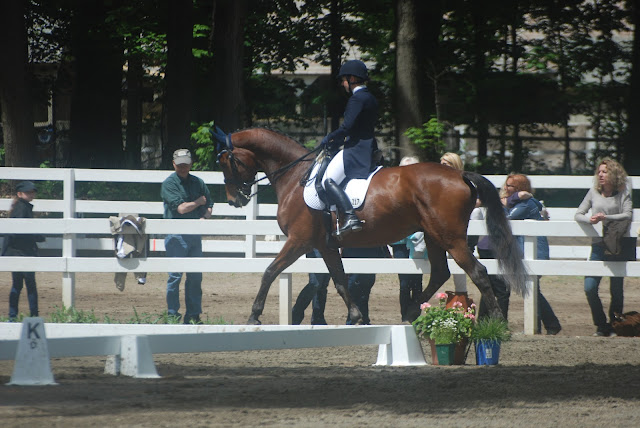It's not the judges' fault there is no open option to offer advice
My attendance at a recent show that was a non-dressage event revealed to me the reality of what showing and competition is for most equestrians. Although I competed in multiple disciplines in my youth I had simply forgotten how things worked outside of our lettered arena. This reveal was the seemingly outdated system of merely issuing points for qualifiers for future competition and placement of 1-6 and nothing further.
In dressage test sheets offer comprehensive help
In dressage we are fortunate that every score for every aspect is defined in our tests, and that beside each score the judge offers a comment or two. Sometimes positive, often negative (but hopefully always constructive) critical comments.
At the end of the test sheet there are collective remarks that further help the competitor understand the errors of their ways, areas where improvements can be made and offer praise where it is due.
We are so lucky!
In many equestrian disciplines the show world offers no such illumination or help to the rider and trainer.
Showing horses at any level or in any discipline is an expensive hobby and even more expensive profession. The idea that someone leaves the ring with no notes, not even an unofficial comment from a judge that can help guide them or help them understand why they may not have placed is unfathomable.
In advanced competition our scores in dressage tests are posted on big screens simultaneously with the scores being noted as posted by multiple judges all at the same instant.
This not only helps the trainer on the sideline but also the general public viewing the ride to better understand the sport. It also keeps the judges honest and open about their preferences, understanding of the sport and allowances.
It's time that other competition judging did something similar, at least privately on test sheets to the competitor.
During my career as competitor/coach and clinician I often espouse to my students that the major reason to spend a lot of time and effort and money showing is about testing yourself and your horse's progress and receiving some helpful feedback. This is even more important at the grass roots level than at the upper echelons of the sport.
In showjumping errors may be obvious
Whatever your riding discipline, unless it is straight dressage or jumping fences I urge you to seek a better input system from the judging at shows. How else are you supposed to improve and measure your progress?



Comments
Post a Comment